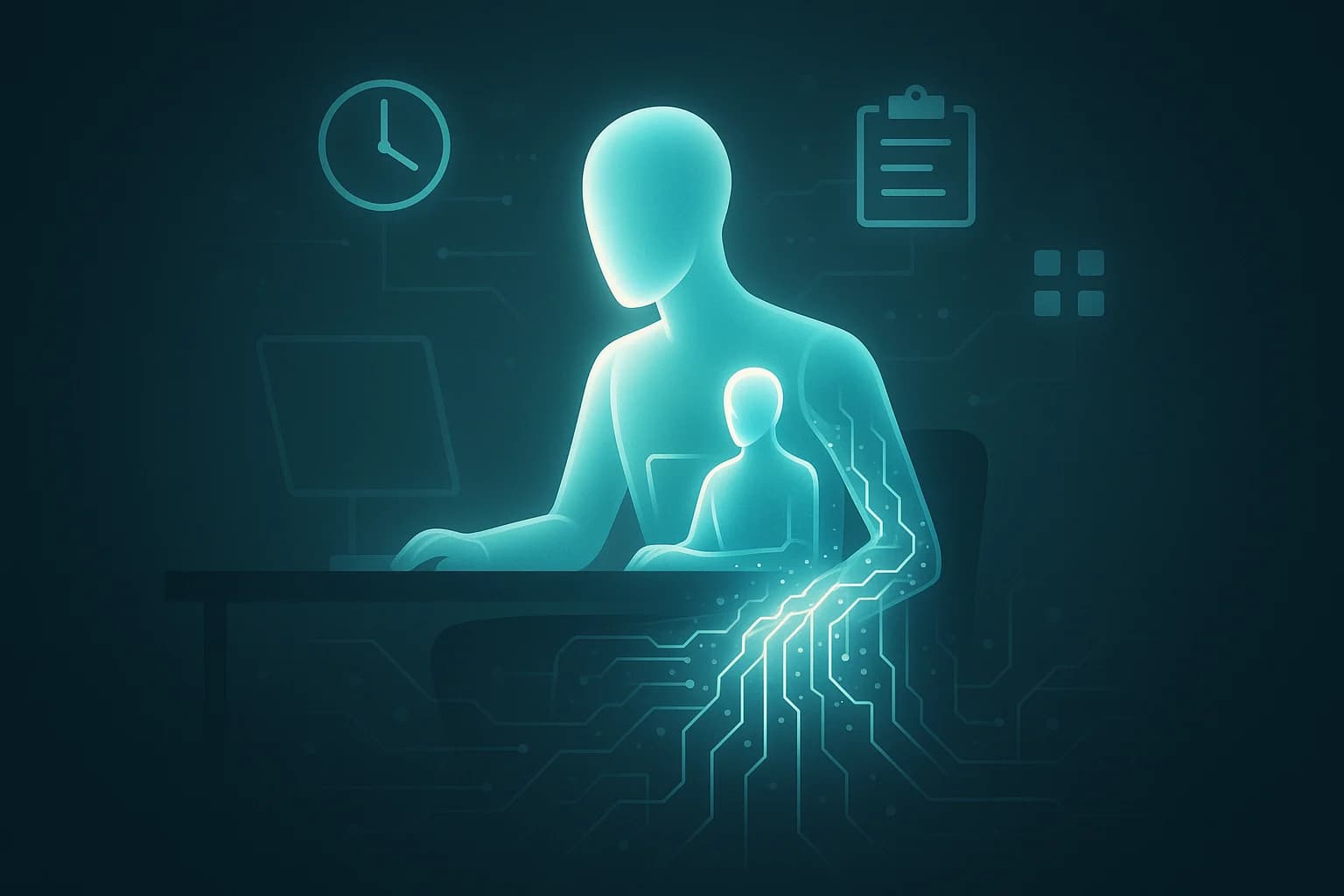A Philosophical Reflection on Labor in the Age of AI
Since the dawn of civilization, work has defined not just economies, but identities and societal roles. The shift from agricultural to industrial to digital labor has changed how we live and what we value. Now, autonomous agents challenge not just what we do, but why we do it.
This isn’t just about automation—it’s a seismic shift in the very meaning of work.
From Tools to Teammates: The Rise of Autonomous Agents
The Evolution Beyond Simple Automation
While early automation focused on physical, repetitive tasks, today's AI agents are capable of:
- Learning and adapting autonomously
- Making decisions in dynamic environments
- Collaborating with other agents and humans
- Communicating reasoning and decisions
The Emergence of Digital Colleagues
Autonomous agents are now:
- Taking over entire functions (not just tasks)
- Working alongside humans rather than replacing them
- Creating hybrid workflows where decisions are shared
By 2030, around 30% of job tasks could be handled by AI—collaboratively, not competitively.
The Transformation of Work Processes
From Linear to Dynamic Structures
- Old model: Sequential, siloed workflows
- New model: Parallel, real-time collaboration between humans and AI
This changes org charts from hierarchy to fluid, role-based collaboration.
Human-AI Workflow Orchestration
A new job category is emerging: the human-AI orchestrator, who:
- Defines boundaries between AI and human effort
- Designs interaction flows
- Oversees trust and accountability
- Integrates AI into business goals
The Redistribution of Human Labor
Tasks vs. Jobs
Less than 5% of jobs can be fully automated. But over 60% could have 30% of tasks automated.
The Rise of New Work Categories
1. AI Development and Oversight
- Prompt engineering
- Model fine-tuning
- Data curation
- Ethical audits
2. Uniquely Human Work
- Empathy and emotional intelligence
- Creativity and ideation
- Ethical reasoning
- Persuasion and negotiation
3. Human-AI Hybrid Work
- Creative iteration with AI-generated content
- Strategic decisions guided by AI analysis
- Customer service blending AI speed with human empathy
Economic Implications of AI Workforce Transformation
Productivity Paradox
Task-level gains ≠ macro-level growth. Why?
- Time lags in process redesign
- Infrastructure and training costs
- Hard-to-measure outcomes (e.g., creativity)
Still, AI could add $13–15 trillion to global GDP by 2030.
The Distribution Dilemma
Tech revolutions tend to:
- Displace vulnerable workers
- Polarize wages
- Concentrate wealth among owners
We must design policies that prevent history from repeating itself.
The Changing Landscape of Future AI Jobs
Not Just Digitizing Old Roles
Just as social media managers didn’t exist in the 1990s, we’ll soon see:
- AI behavior analysts
- Human-AI interface designers
- Computational creativity directors
- Ethics compliance specialists
The Skills Paradigm Shift
1. Meta-Learning
- Learn how to learn
- Cross-domain agility
- Flexible problem-solving
2. Human-AI Collaboration
- Understanding model limits
- Translating goals into AI-compatible prompts
- Interpreting outputs contextually
3. Navigating Complexity
- Ambiguity handling
- Systems thinking
- Decision-making under uncertainty
Organizational Transformation in the Age of Agents
New Structures
- Hybrid teams: AI and humans co-own workflows
- AI augmentation layers: AI tools that support multiple roles
- Ecosystems: Humans and AI in fluid, evolving networks
The Evolving Role of Management
Leaders now need to:
- Align goals across human and AI systems
- Measure hybrid performance
- Develop AI-integrated teams
- Build trust, not just productivity
Ethical Dimensions of AI Work Automation
Beyond Efficiency
Key ethical questions include:
- What happens to dignity and purpose when machines outperform us?
- Who’s accountable when AI fails?
- Will the benefits be shared—or siloed?
The Human-Centric Approach
We must design with intent:
- Humans should retain critical decision power
- AI must enhance, not replace, human potential
- Inclusion and fairness are non-negotiable
Case Study: AI in Creative Industries
From Tools to Collaborators
AI now contributes to:
- Generating design drafts
- Composing music and scripts
- Learning user preferences in real-time
New Roles
- Creative directors for AI
- Prompt writers who "speak AI"
- Refiners who add the human touch
This is not automation. It's co-creation.
Philosophical Implications: What Makes Work “Work”?
Redefining Contribution
When machines can do more, what does it mean to contribute?
Answer: Work becomes more about creation, connection, and wisdom.
Beyond Labor
Humans can now:
- Craft emotionally resonant experiences
- Connect ideas from multiple disciplines
- Reflect on ethics, purpose, and societal direction
Conclusion: Navigating the Transformation
This is not about replacing workers. It’s about redefining work.
We must:
- Balance efficiency with meaning
- Choose augmentation over automation
- Ensure fair distribution of AI benefits
The real question isn’t what jobs will exist—but what kind of relationship we want with work, machines, and each other.
🔑 Key Takeaways
- Autonomous agents = collaborators, not just tools
- Jobs evolve through task redistribution
- New work = AI development, oversight, hybrid collaboration
- Organizational structures and leadership must adapt
- Human-centric design is essential to ethical AI integration
- We’re rethinking the very purpose of labor

